Lyme disease, stemming from Borrelia burgdorferi bacteria transmitted through infected black-legged tick bites, is a widespread concern in the United States, with tens of thousands of annual cases. Addressing Lyme disease proves to be complex, as the bacteria can adapt and elude the immune system.
Although antibiotics are commonly used, their effectiveness varies, and some individuals grapple with persistent symptoms post-treatment, referred to as Post-treatment Lyme Disease Syndrome (PTLDS) or chronic Lyme disease.
Signs and symptoms of Lyme disease
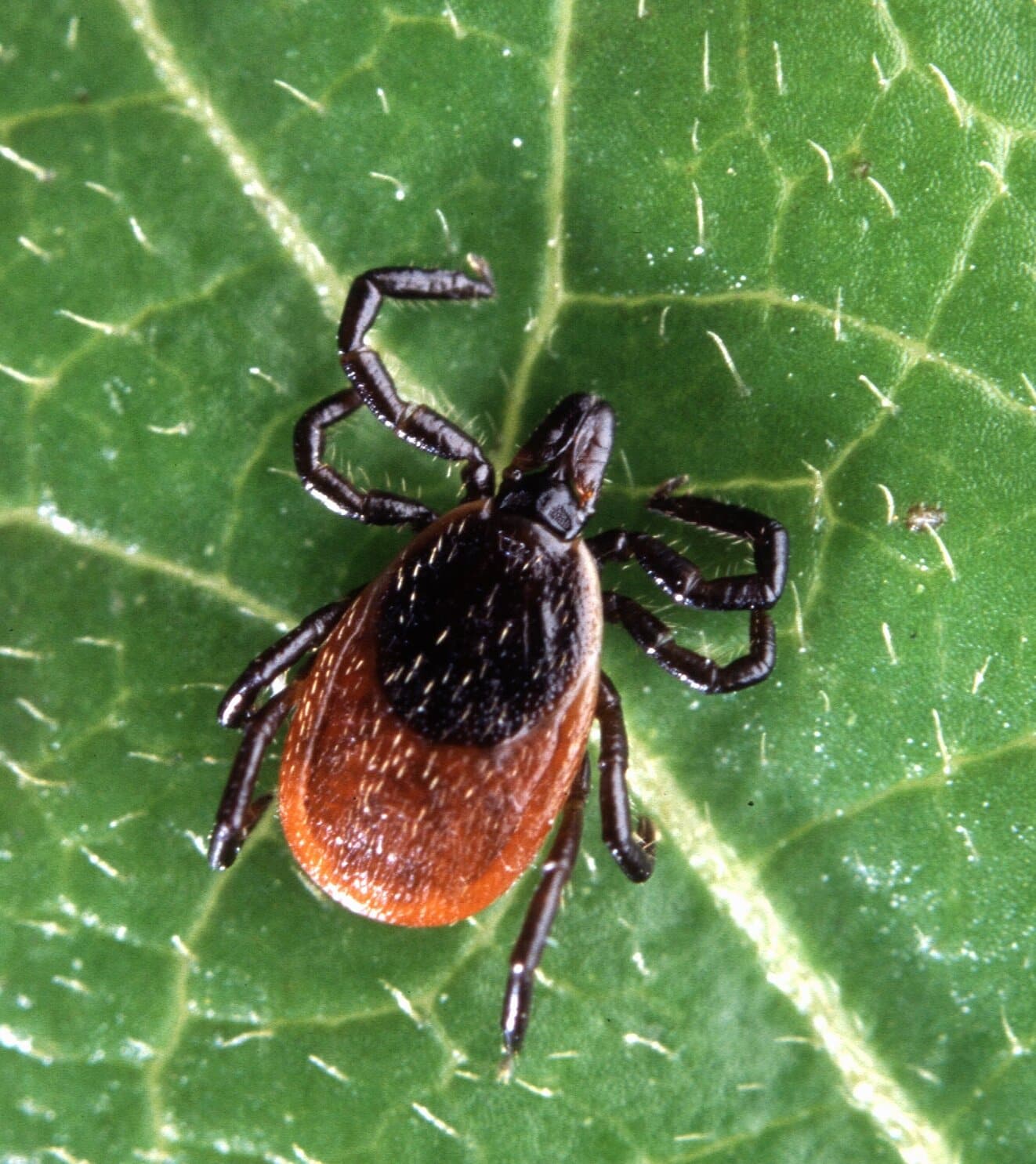
• Bull’s-eye rash (erythema migrans)
• Fatigue
• Fever
• Chills
• Headache
• Muscle and joint aches
• Swollen lymph nodes
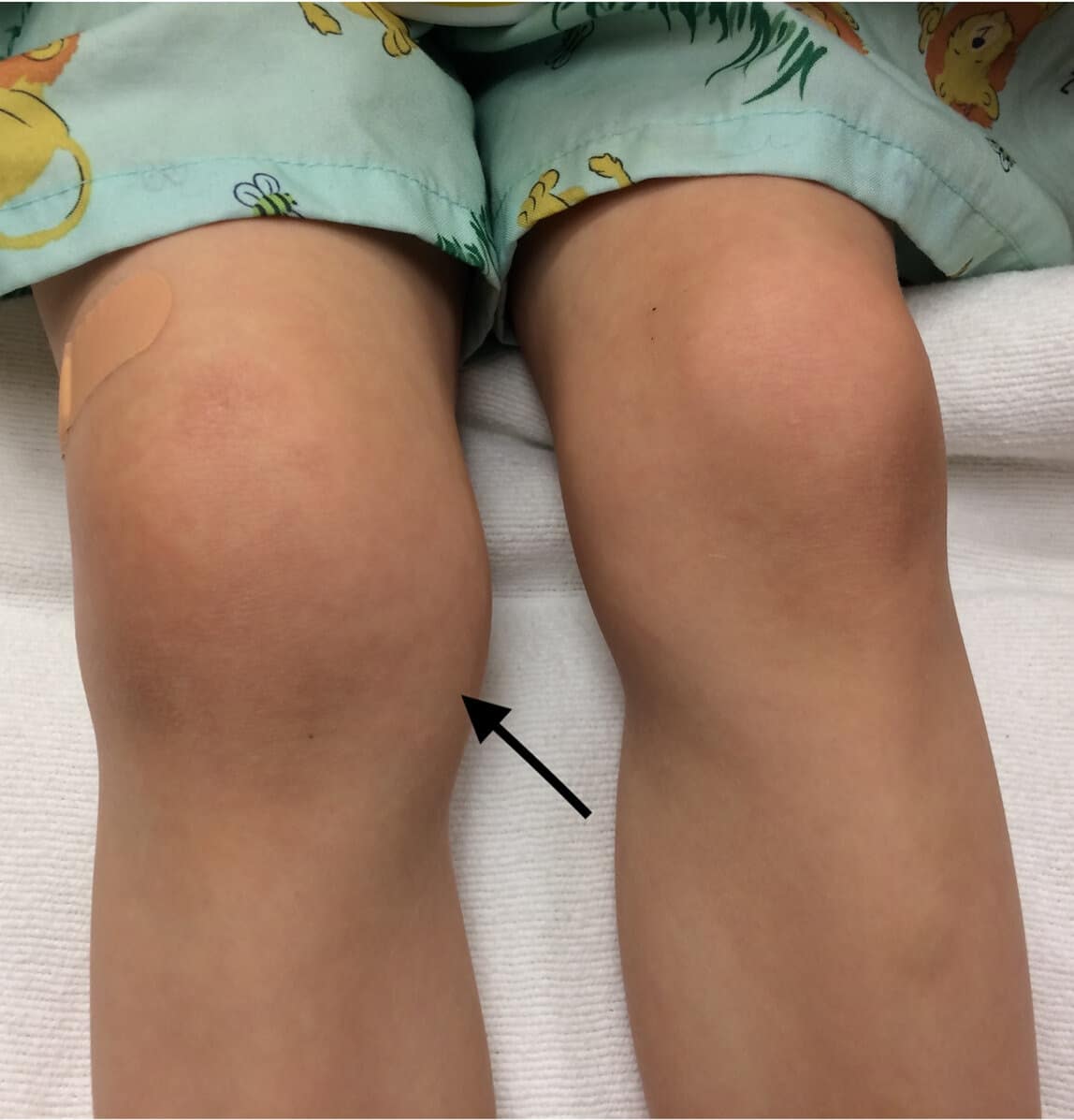
In a recent Johns Hopkins University study, the efficacy of specific herbs in addressing Borrelia burgdorferi, the Lyme disease-causing bacterium, was examined. The research revealed that, in various forms of the bacteria, certain herbs demonstrated superior treatment outcomes when compared to commonly prescribed antibiotics like doxycycline and cefuroxime.
7 herbs for its treatment
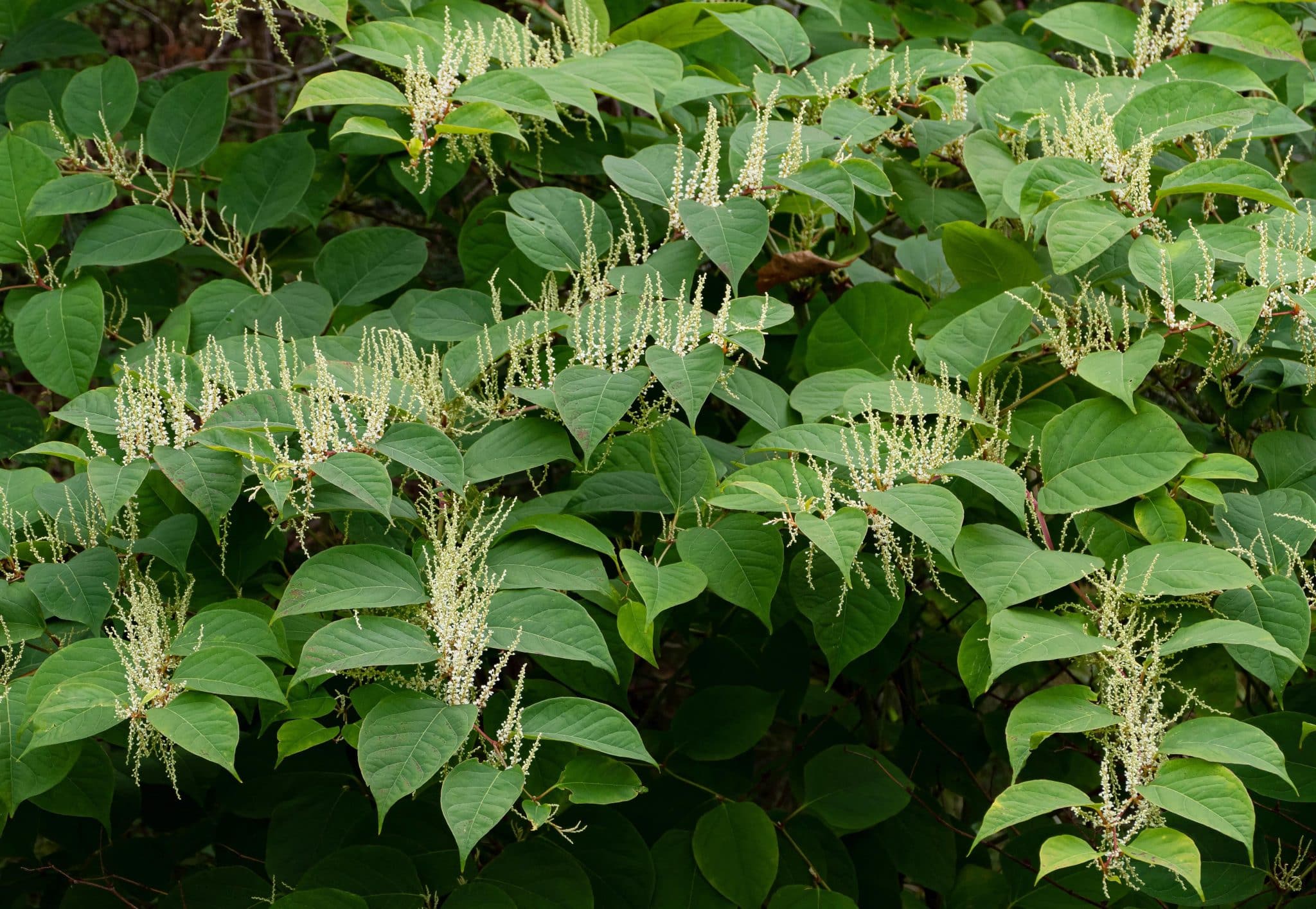
1. Cryptolepis
2. Japanese knotweed
3. Cat’s claw
4. Chinese skullcap
5. Artemisia (wormwood)
6. Black walnut
7. Cistus incanus (essential oil)
In the study, Cryptolepis emerged as the most potent treatment for both motile and persister forms of Borrelia, surpassing conventional antibiotics like doxycycline and cefoperazone. Japanese knotweed, cat’s claw, and Chinese skullcap also proved highly effective. Artemisia and black walnuts displayed promise but posed potential toxicities, limiting their suitability for short-term use.
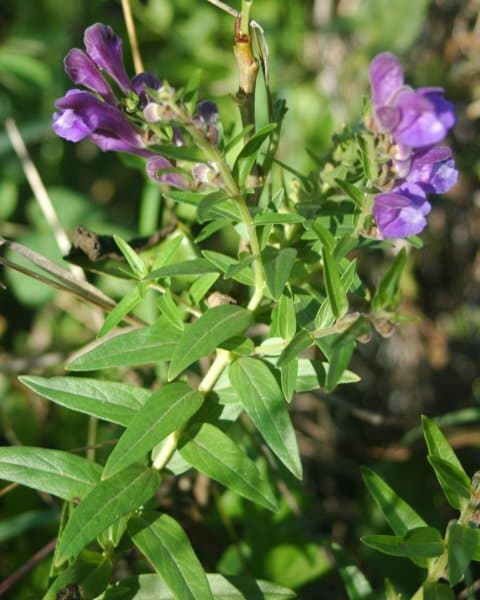
Conversely, commonly used herbs like Andrographis, stevia, grapefruit seed extract, and monolaurin showed limited activity against Borrelia. Nonetheless, Andrographis remains valuable for its immune-boosting properties and potential to target other microbes associated with chronic Lyme disease.
Herbs’ advantages regarding Lyme disease
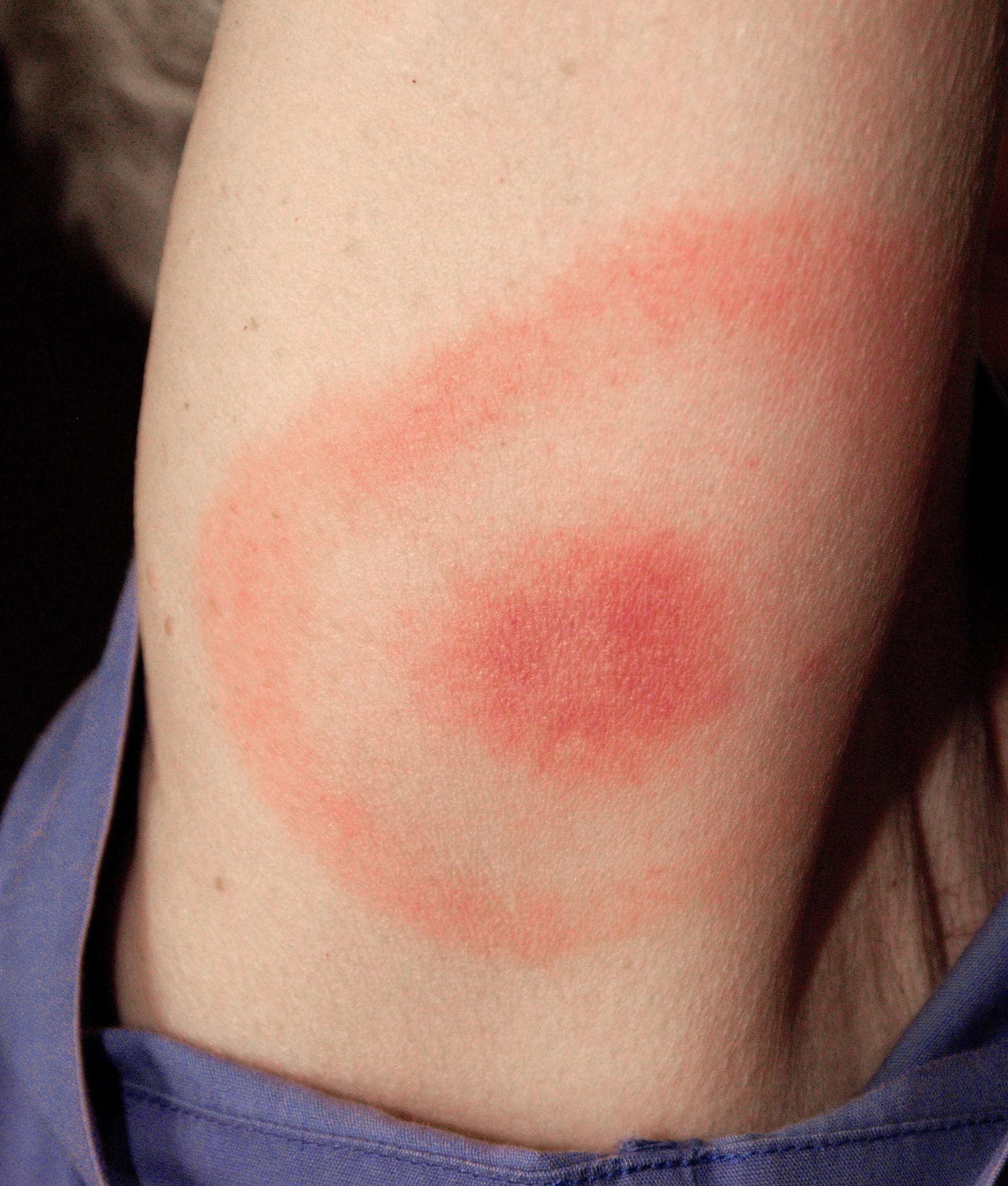
• Successfully targets both motile and cyst forms of Borrelia.
• Offers wide-ranging protection against a variety of bacteria, viruses, protozoa, and fungi.
• Enhances immune system function or adjusts it as needed.
• Enables extended usage with minimal risk of toxicity.
It’s worth mentioning another 2018 study conducted in vitro, which indicated that 10 essential oils derived from plants may have the capacity to combat B. burgdorferi.
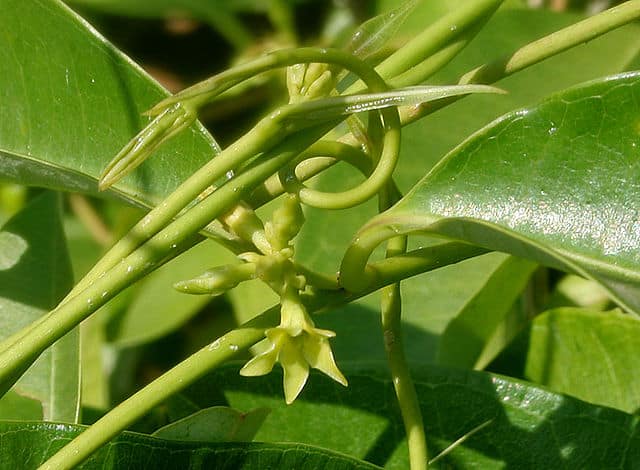
This study, alongside research conducted by Johns Hopkins University and other institutions, underscores the promising potential of herbs and essential oils as a viable approach to treating Lyme disease. Some alternative treatments have demonstrated superior outcomes compared to traditional antibiotics.
To gain a comprehensive understanding of their role in Lyme disease treatment, further investigation into these herbs and their long-term effects is essential.

